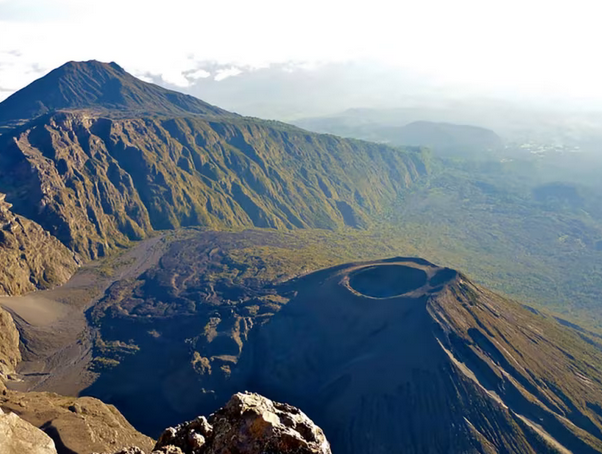Conquer the Roof of Africa: A Majestic Journey to Mount Kilimanjaro , Tanzania
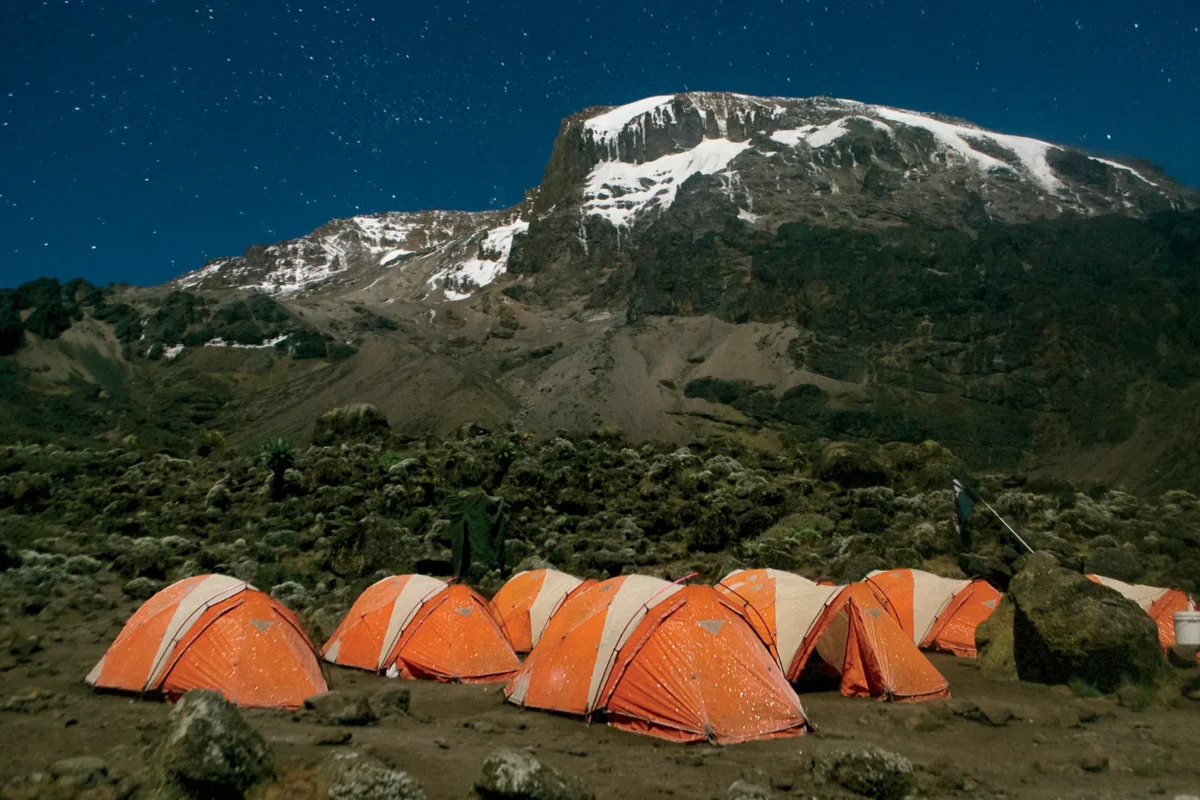
Rising in solitary splendor on the Tanzanian horizon, Mount Kilimanjaro stands as an iconic symbol of Africa’s breathtaking landscapes and awe-inspiring natural wonders. Embarking on a journey to conquer this majestic peak is not just a climb; it’s an expedition into the heart of Tanzania’s beauty and the challenge of reaching the “Roof of Africa.”
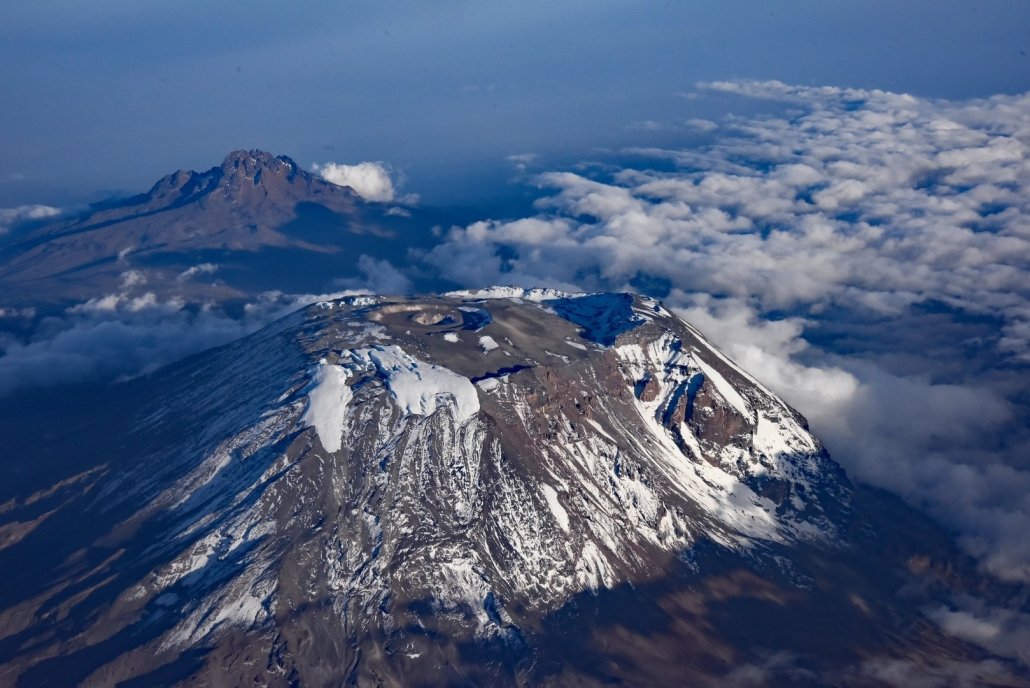
Kilimanjaro’s Grandeur
Mount Kilamanjaro, the highest freestanding mountain in the world, is a dormant stratovolcano that soars to an impressive height of 5,895 meters (19,341 feet) above sea level. Its three distinct cones—Kibo, Mawenzi, and Shira—create a majestic silhouette against the African sky. Kilimanjaro’s allure lies not only in its elevation but in the diverse ecosystems that unfold as you ascend, from lush rainforests to alpine deserts and glaciated peaks.

Choose Your Route: A Variety of Paths to the Summit
Kilimanjaro offers several routes to the summit, each varying in difficulty, duration, and scenery. The Marangu Route, also known as the “Coca-Cola Route,” is popular for its relatively gentle slopes and the option for hut accommodations. The Machame Route, often called the “Whiskey Route,” is renowned for its scenic beauty and diverse landscapes. The Lemosho Route provides a more secluded and scenic approach, and the Rongai Route approaches Kilimanjaro from the north, offering a unique perspective.
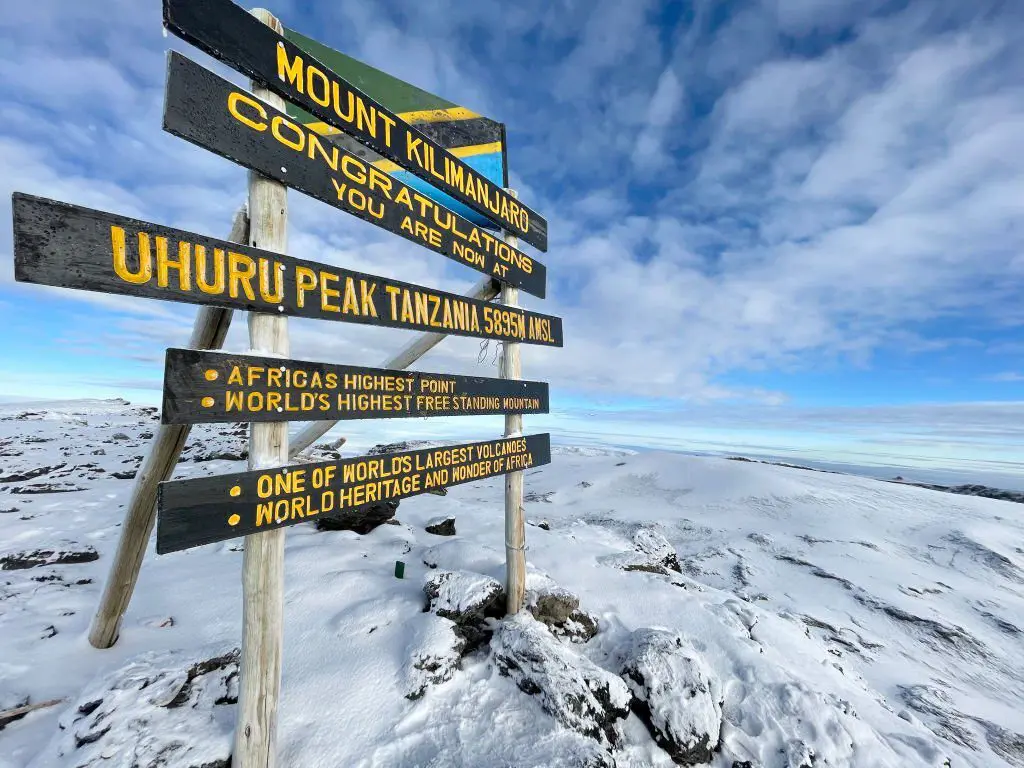
Uhuru Peak: The Summit Triumph
Reaching the summit, Uhuru Peak, is the ultimate triumph for those who dare to take on the challenge of Kilimanjaro. The sensation of standing on the rooftop of Africa, surrounded by sweeping vistas that extend as far as the eye can see, is an unparalleled reward for the physical and mental exertion of the climb. The glaciers of Kibo, the neighboring peaks, and the vast African plains unfold beneath you, creating a moment of profound accomplishment.
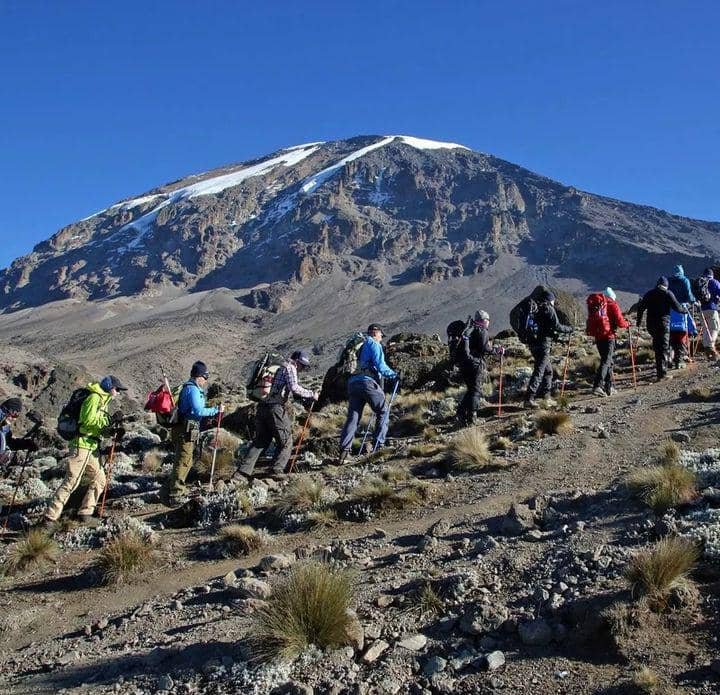
A Climb Through Ecological Zones: An Unforgettable Journey
One of the unique aspects of climbing Kilimanjaro is the traverse through distinct ecological zones. The journey begins in the lush rainforests at the mountain’s base, where colobus monkeys swing through the trees and vibrant flora creates a canopy overhead. As you ascend, the landscape transforms into heath and moorland, followed by an otherworldly alpine desert, before culminating in the glacial summit zone. Each zone presents a different set of challenges and rewards, making the climb a diverse and captivating experience.

Expert Guides and Porters: Ensuring Your Success
Climbing Kilimanjaro is an endeavor that requires careful planning and support. Expert guides and porters play a crucial role in ensuring the safety and success of the ascent. Their knowledge of the mountain, acclimatization strategies, and unwavering support create a foundation for climbers to overcome the physical and mental challenges of the journey
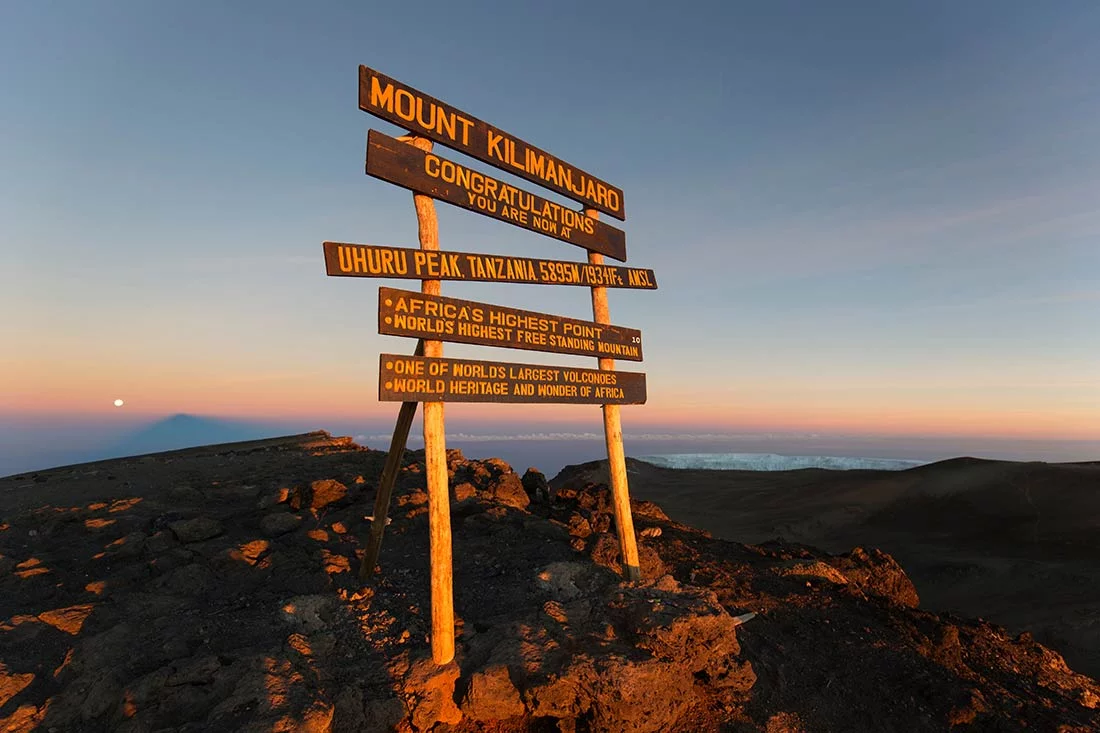
Cultural Richness: Engaging with Local Communities
The experience of climbing Kilimanjaro is not limited to the mountain itself; it extends to the cultural richness of the surrounding communities. Engage with the Chaga and Maasai people, learning about their traditions, customs, and the symbiotic relationship they share with the mountain. These cultural interactions add depth to your journey, fostering a connection with the people who call Kilimanjaro’s foothills home.
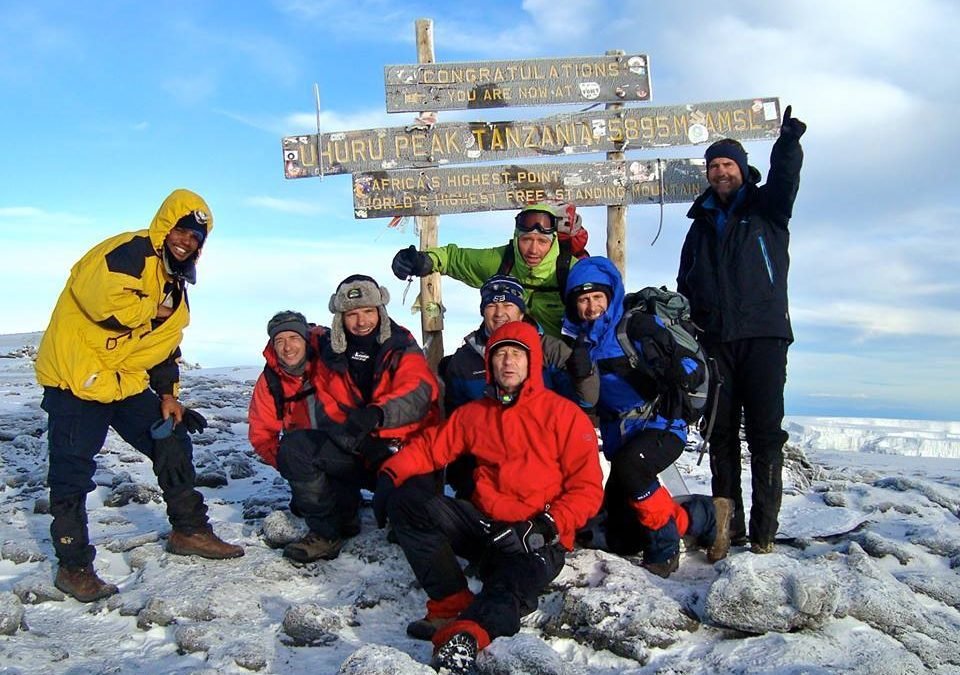
Practical Considerations: Preparing for the Climb
Preparation is key for a successful Kilimanjaro climb. Considerations include obtaining the necessary permits, undergoing medical check-ups, and selecting appropriate gear. Acclimatization is a critical aspect of the climb, allowing your body to adjust to the increasing altitude gradually.
ACTIVITIES AT THE MOUNT KILIMANJARO
Hike to Materuni Waterfall and swim in its pool
Materuni Waterfall is a spectacular 90 m waterfall in the foothills of Mt Kilimanjaro. A short but taxing hike along a forested footpath brings you to the base of the waterfall, where the water collects in a beautifully clear little pool that’s safe to swim.
Location: Just north of Moshi

Go on a Kilimanjaro coffee plantation tour
The lower slopes of Kilimanjaro are a fertile farming area thanks to meltwater from its arctic summit. The coffee farmers here are famous for their 100% arabica coffee, which has a fresh flavour and smooth texture. Tours of the coffee farms are a popular post-Kilimanjaro activity – understandably, as having an expertly brewed cappuccino or americano after a week of roughing it on the mountain is just perfection!
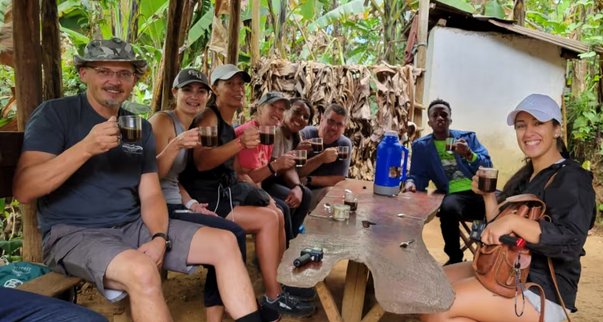
Take a dip in Kikuletwa Hot Springs
Swimming in the Kikuletwa Hot Spring is definitely one of the best things to do in Kilimanjaro region – and certainly the most relaxing! The hot spring (also known as Chemka Hot Springs for the nearby campsite) is encircled by trees, giving you a sense of being tucked away from the world and its demands.
Location: Chemka Hot Springs Campsite, 1 hr drive

Explore the treasures of Moshi
Moshi, the capital of Kilimanjaro region, is a 40 km drive from Kilimanjaro Airport (JRO). As the gateway to Kilimanjaro National Park, it’s a natural stopover destination for climbers. We always advise our guests to arrive at least a day before the start of their Kilimanjaro climb. This way, if there’s an unforeseen delay like a late flight, your climbing schedule isn’t jeopardised.
If you do find yourself with some time to kill in Moshi, either before or after your climb, we definitely suggest exploring this pretty little city and its many gems. Even if it’s just finding your way to a coffee shop or restaurant so you can drop into a chair and gaze with heroic eyes at the mountain you just conquered.
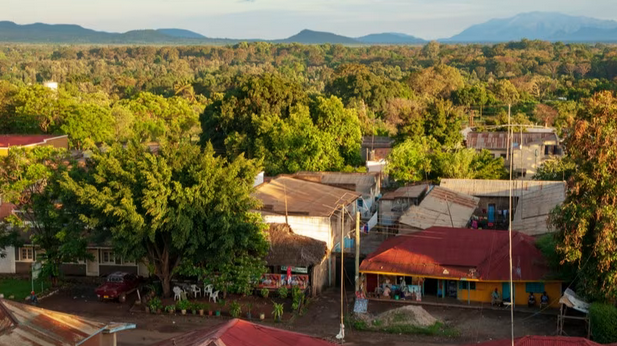
Canoe on Little Momela Lake
The Momela Lakes in the northeast of Arusha National Park are seven shallow, alkaline lakes that are fed by underground water. They’re a sanctuary for various resident and migratory water bird species.
Visitors to the park are allowed to take guided canoe trips on Little Momela Lake. This is a fantastic experience, and the guides are very knowledgeable. While you paddle on the lake, you look out over grassland, bush and forest, with Mt Meru to the west. Giraffes, buffaloes, zebras, hippos, waterbuck and duikers grace the scene with their presence. And the birdlife on and around the lake is incredibly abundant and impressive.
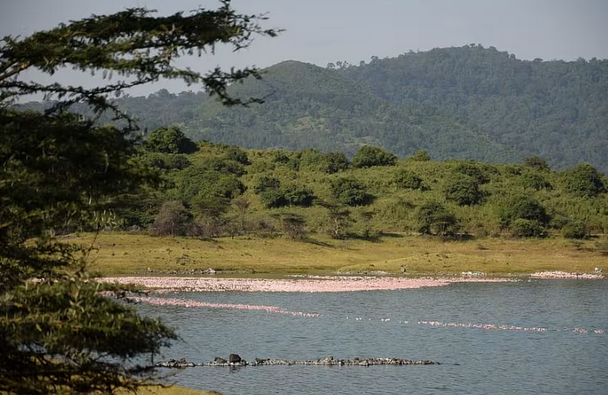
Birds of Momela Lakes
The Momela Lakes are a great place for spotting both resident and migrant birds. In fact, when it comes to the lakes’ most prolific water birds – flamingoes and pelicans – ‘spotting’ isn’t really the right word, as they’re everywhere! The shallow lakes regularly host thick stands of hundreds of greater and lesser flamingoes that stain the water pink when seen from afar. Other water birds commonly seen are Egyptian geese, great crested grebe, southern pochards, Maccoa ducks and African jacanas.
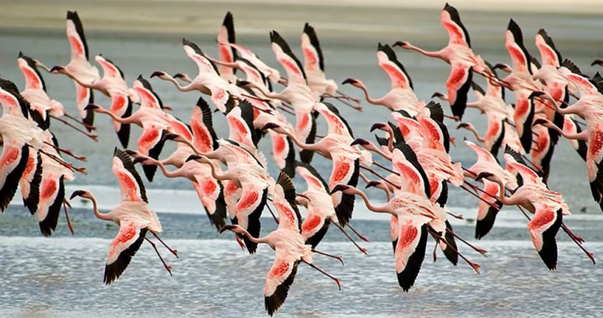
Visit Olpopongi Maasai Cultural Village
Visiting a Maasai village is definitely one of the best things to do in the Kilimanjaro region. The Maasai are the most famous tribe of East Africa and live in Kenya and northern Tanzania. A Nilotic ethnic group numbering around 1.5 million, they’re known for (among other things) their warrior culture and hunting prowess, thatched villages, impressive jumping dance, vibrant clothing, and intricately beaded jewellery.
Olpopongi Maasai Cultural Village & Museum
There are many Maasai villages in northern Tanzania offering welcoming and fantastic visitor experiences – tours that are run by and benefit the Maasai themselves, which is important. One such place that’s a favourite with our local leader Kazi and we can highly recommend is the Olpopongi Maasai Cultural Village & Museum on the western edge of the Kilimanjaro region.
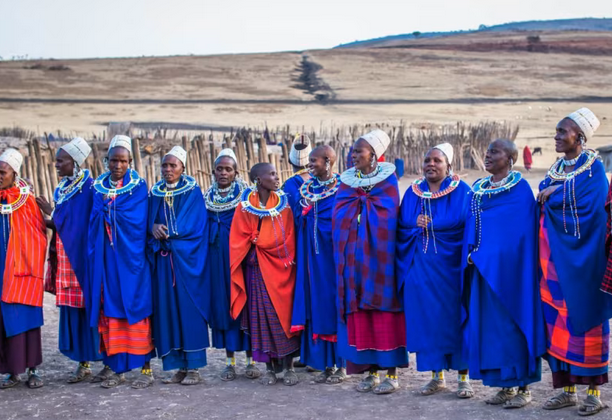
Mountain bike or hike in Rau Forest Reserve
Fancy mountain biking or hiking in pristine forest near the base of Mt Kilimanjaro? Rau Eco & Cultural Tourism is a community-based youth tourism enterprise that always impresses visitors. They offer well-organised mountain biking and hiking day trips through the underground water forest of Rau.
Highlights
Highlights of both the biking and walking tour include:
- Exploring the rice paddies and learning about the daily life of rice farmers
- Passing through local villages like Mnono and Mabogini village (naturally you wander further on the bike trip than on the hiking trip)
- Seeing black and white colobus monkeys and blue monkeys up close
- Visit an African teak tree believed to be 196 years old that’s a sacred site of prayer among locals
- Witnessing the many different water birds that love this catchment forest
- Tasting local banana beer
- Enjoying a delicious cooked lunch (a vegetarian option is available)
- Planting a seedling as part of the enterprise’s “one trip – one tree” initiative
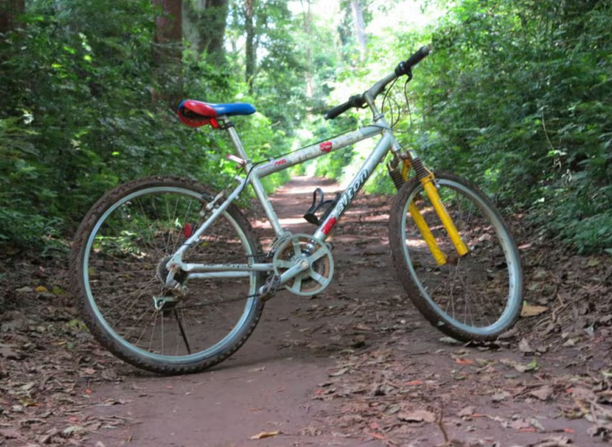
Walk the rim of Ngurdoto Crater
In the far eastern corner of Arusha National Park is Ngurdoto Crater. This 4 km-wide caldera is a beautiful and lush oasis for wildlife. Sometimes called the ‘little Ngorongoro Crater’ (quite understandably, given its similarities to Ngorongoro Crater), the crater differs from its famous counterpart in being a no-go zone. To protect the wildlife, visitors are only allowed to hike along the western and southern rims of the crater and look down on the animals. As it’s a relatively shallow caldera (only 100 m deep), the view of the crater floor and its many denizens is the perfect eco compromise.
The floor of the crater contains both swamp, grassland and forest, offering various pristine habitats for its inhabitants. Hiking the rim of Ngurdoto is truly one of the best day hikes and walking safaris in Tanzania.

Trek to the top of Mt Meru
Mt Meru 4,566 m (14,980 ft) is a beautiful volcanic mountain on the western edge of Arusha National Park, just north of the city of Arusha. It’s the second highest mountain in Tanzania, and the fifth highest in Africa. It was once taller than Kilimanjaro, but an eruption blew off its top.
The ideal Mt Meru trekker
The now dormant volcano is a popular three- or four-day trek. It’s a great option for anyone who:
- only has a few days or wants a more affordable climb
- is not (as yet) strong enough to climb Kilimanjaro
- is keen to trek a quieter mountain
- wants a challenging mountain climb without such a high risk of altitude sickness
- wants to tackle an acclimatisation hike that prepares them for Kilimanjaro
